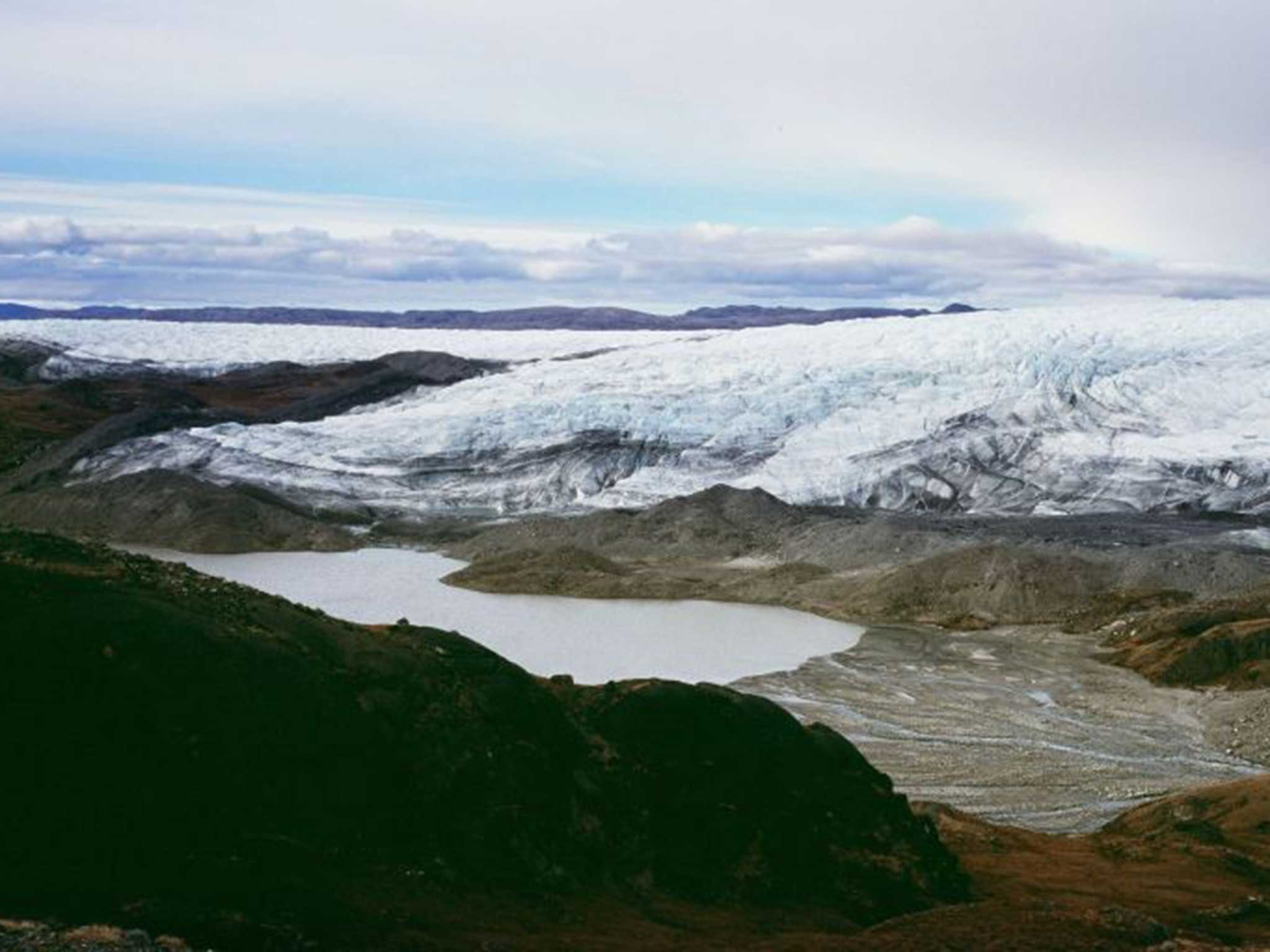Sea absorbs more radiation as Arctic ice fades
Scientists have calculated the impact of the melting Arctic ice for the first time

Your support helps us to tell the story
From reproductive rights to climate change to Big Tech, The Independent is on the ground when the story is developing. Whether it's investigating the financials of Elon Musk's pro-Trump PAC or producing our latest documentary, 'The A Word', which shines a light on the American women fighting for reproductive rights, we know how important it is to parse out the facts from the messaging.
At such a critical moment in US history, we need reporters on the ground. Your donation allows us to keep sending journalists to speak to both sides of the story.
The Independent is trusted by Americans across the entire political spectrum. And unlike many other quality news outlets, we choose not to lock Americans out of our reporting and analysis with paywalls. We believe quality journalism should be available to everyone, paid for by those who can afford it.
Your support makes all the difference.The dangers of melting Arctic sea ice have been laid bare after new research suggests that the loss of huge areas of the ocean’s snow cover have made a significant contribution to global warming in the past 15 years.
As increasing quantities of ice gives way to water during the summer months, the amount of the sun’s energy being absorbed by the sea has greatly increased, according to the report.
Scientists have calculated the impact of the melting Arctic ice for the first time and believe it is responsible for a 5 per cent increase since 2000 in the amount of solar radiation the ocean is absorbing during June, July and August – a finding that will fuel concerns about a ‘feedback loop’ of ever-greater rises in temperatures and snow thawing.
“While a 5 per cent increase may not seem like much, consider that the rate globally has remained essentially flat during that same time. No other region on Earth shows a trend of potential long-term change,” said Norman Loeb, of NASA’s Langley Research Centre in Hampton, Virginia.
Join our commenting forum
Join thought-provoking conversations, follow other Independent readers and see their replies
Comments